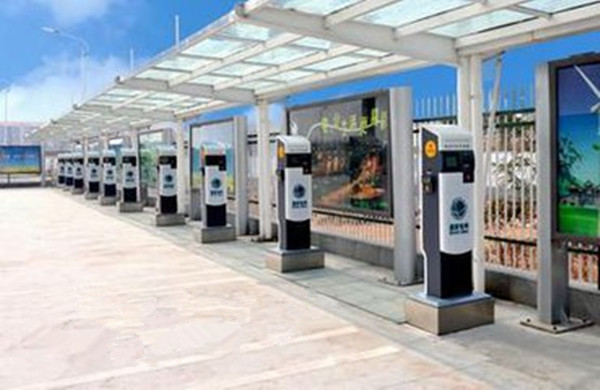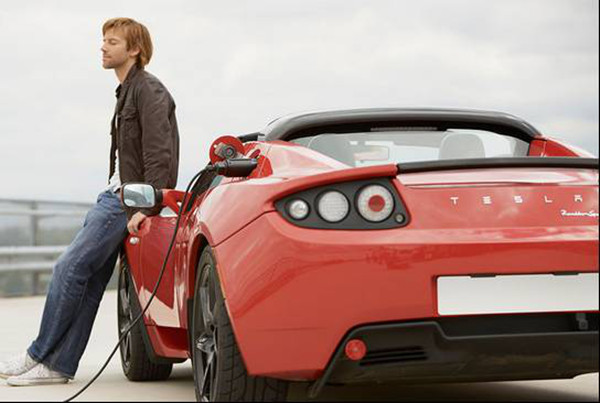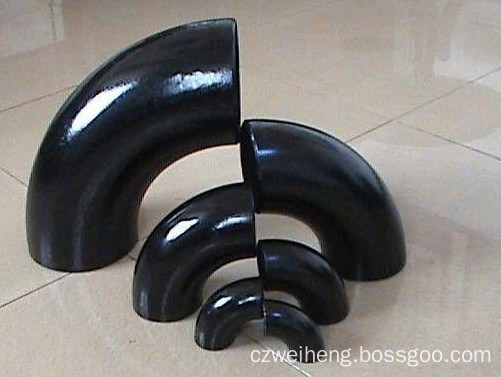With the country’s strong subsidy and strong promotion of electric vehicles, we can not do without the new energy electric vehicles when we usually travel. It may be an electric large bus that we usually travel by bus. It may also be a small home electric car driven by the urban area. But how do these electric vehicles supplement energy compared to the fuel supply at the petrol station? This requires reliance on a wide range of electric vehicle charging stations to cycle through the car's electrical energy. Here's a look at what types of EV charging stations are common.

First, fast electric vehicle charging station. Such electric vehicle charging stations can generally charge 50% to 80% of small electric vehicles in dozens of minutes. The power of a typical power transmission interface can reach hundreds of kilowatts. For large electric buses, the transmission power can more than double. And according to the increase of the storage capacity of the car battery, the future charging station will be equipped with a higher-speed fast charging device.
Second, as the output power of fast-type power stations is generally large, it can be further subdivided into buffer-type and direct-current types.
1. The buffered electricity storage type charges the car through a large-scale storage battery specially equipped in the power station. The input power requirement for the power station grid is low, so the construction cost is cost-effective. At the same time, it can transfer and configure the power in different periods, charge in the low period and transmit power to the car during the peak period. It eased the tension in the electricity period.
2. Direct electric power type is to directly charge electric power into the car. Because the input power requirement for the grid is higher than the power of the power station, the cost and effort for setting up a dedicated high-power grid are increased.

Third, small DC charging piles. This type of charging station uses a low-voltage residential power grid to directly supplement electric energy for electric vehicles. The transmission power is generally less than 50 kilowatts. Thus extending the charging time to several hours. This small-scale charging station has a small investment and can be used to charge cars under the general grid. Therefore, it has low requirements for site selection and can be generally configured to improve charging and convenience. And management intelligence can be recharged without the need for manpower.
Fourth, small AC charging pile. This kind of power station can only charge the car with an exclusive current converter for external electric vehicles. The charging power is the smallest in the classification, and the charging time is long and inconvenient. Has gradually been eliminated for other power stations.
Elbow
Size
1/2"~100" DN15~DN2500
Type
45D(LR, SR), 90D(SR, LR), 180D
Certificate
API, CE, ISO9001 ,OHSAS18001
Standard
ANSI, ASTM,DIN, BS, ISO, GB, SH, AND HG etc
Material
1) Carbon Steel: ASTM A234 WPB, ASTM A420 WPL9, WPHY-60
2) Stainless Steel: ASTM A403 WP304/304L, WP316/316L, WP321,
3) Alloy Steel: ASTM A234 WP1, WP11, WP12, WP22, WP5, WP9, WP91
Stainless Steel Elbow, Carbon Steel Elbow, Butt-Weld Elbow, A234 WPB Elbow, Alloy Steel Elbow, Black Steel Elbow
Cangzhou Weiheng Pipe Industry Co.,Ltd , http://www.czweiheng.com
